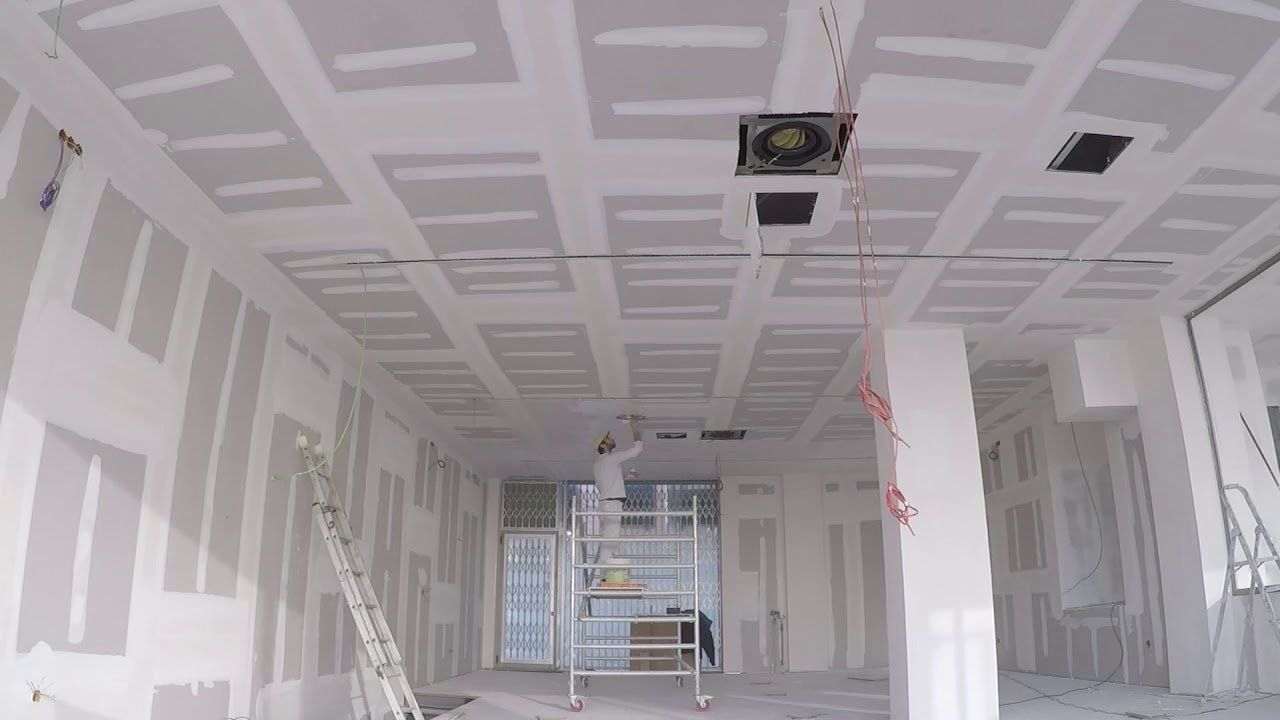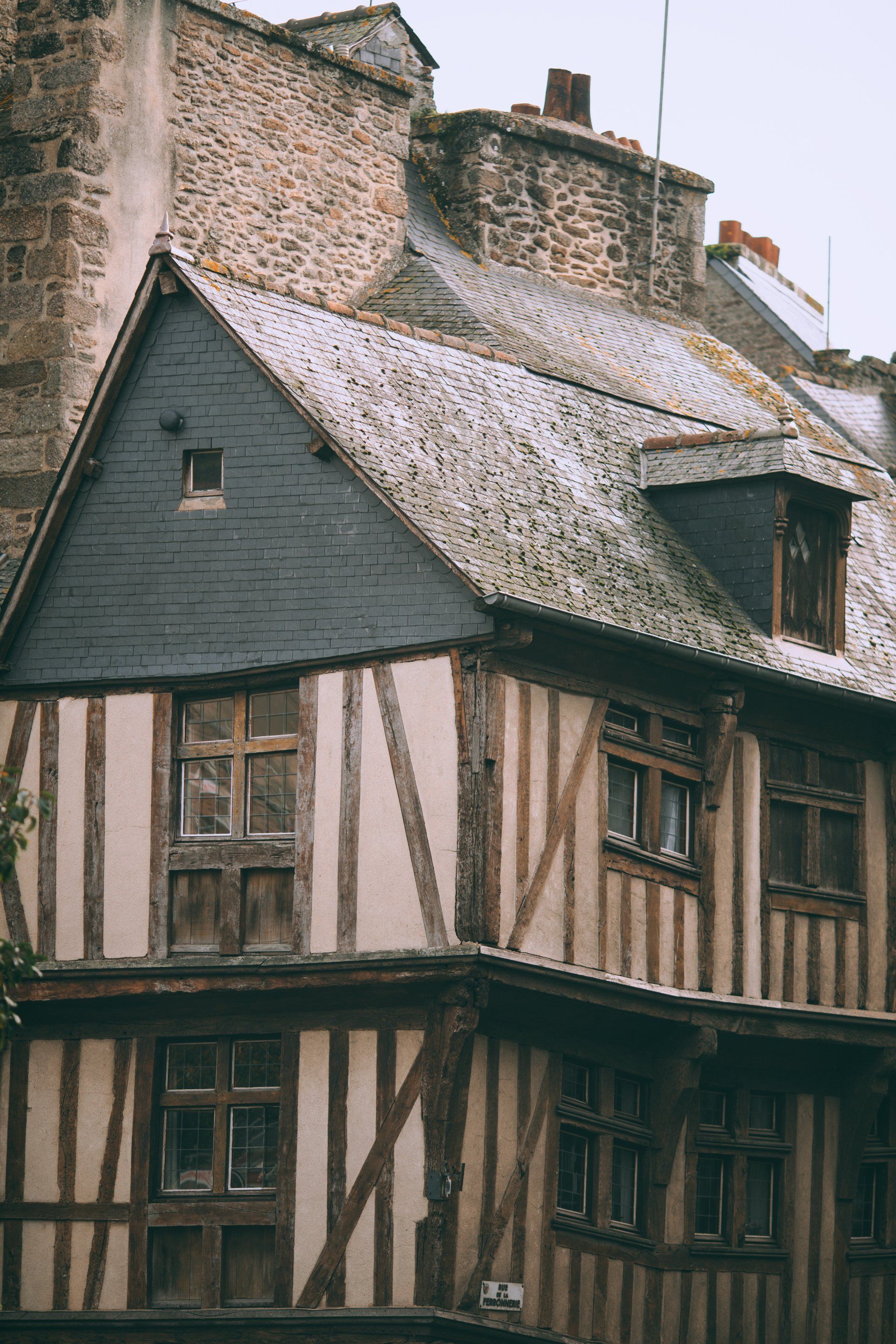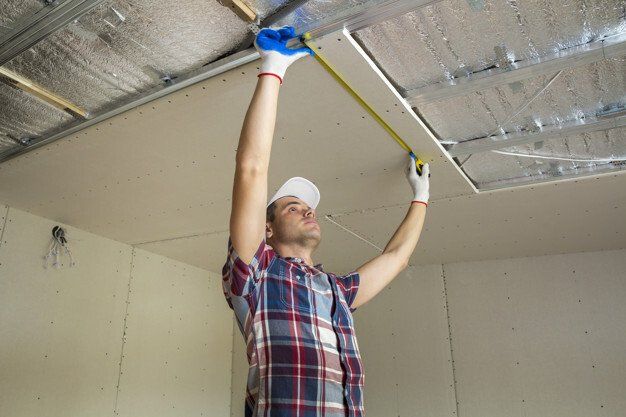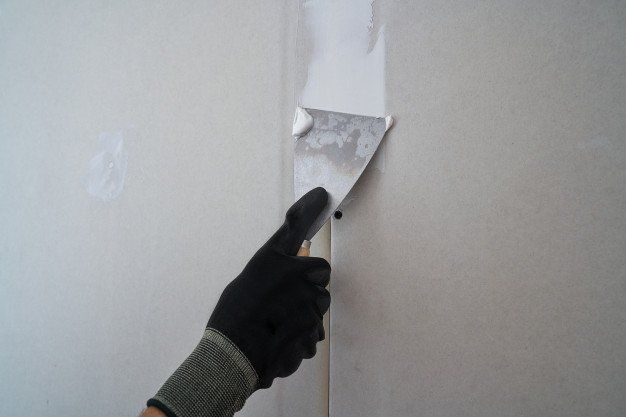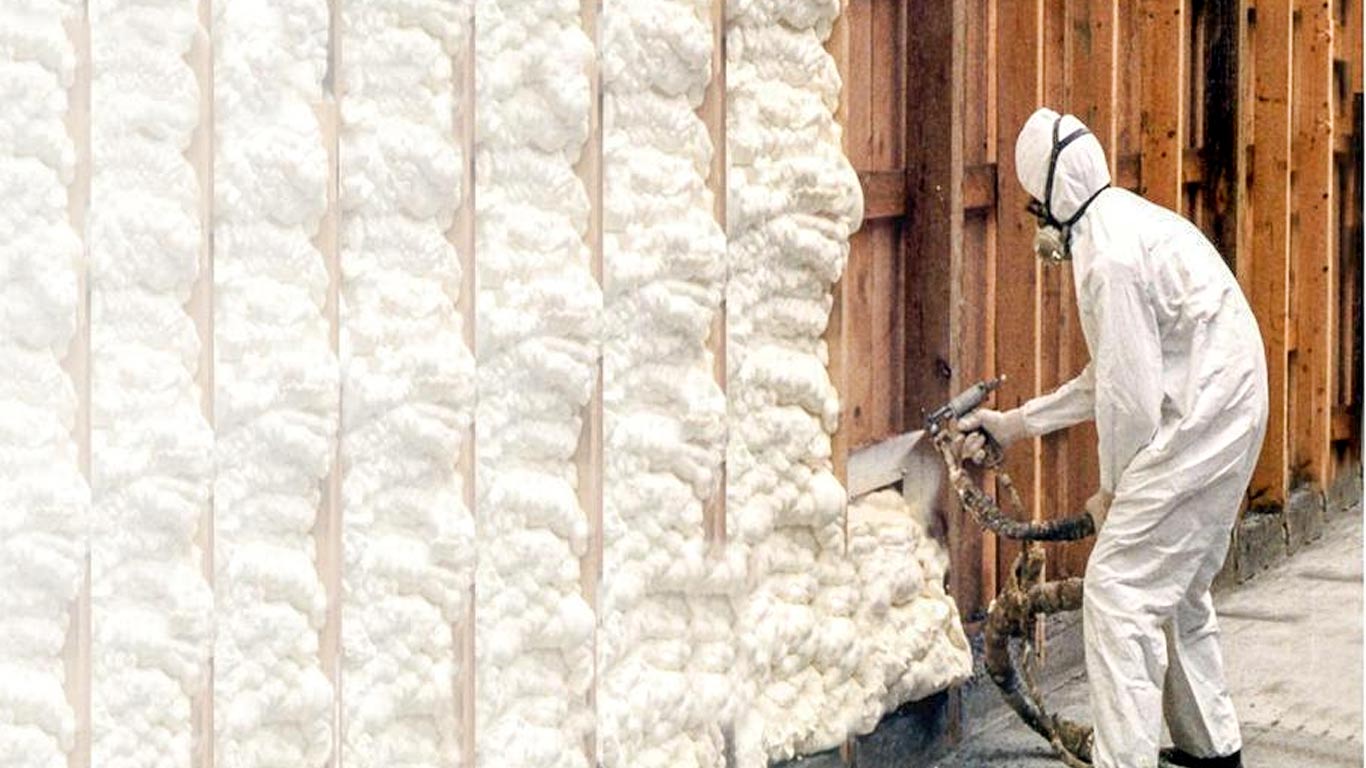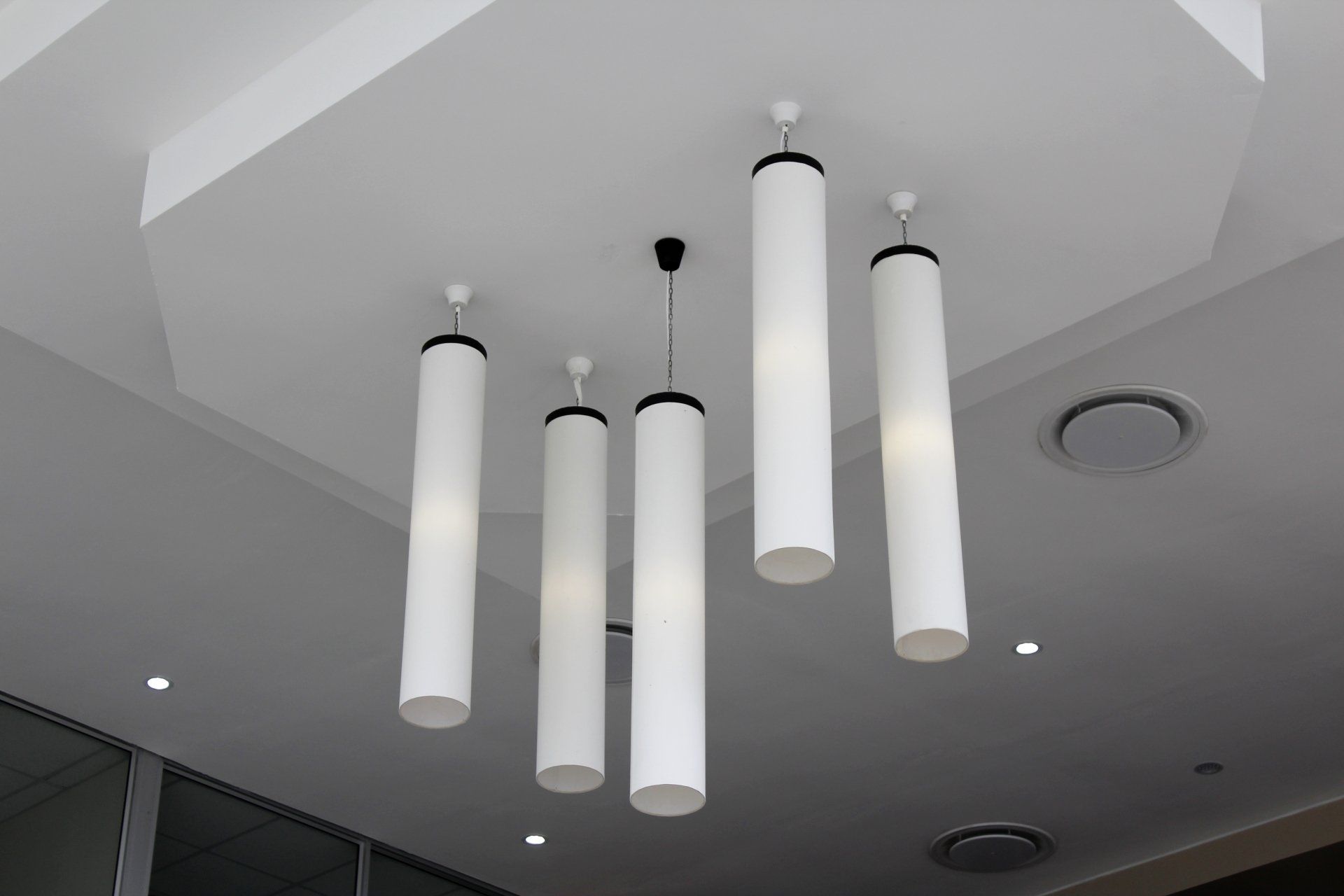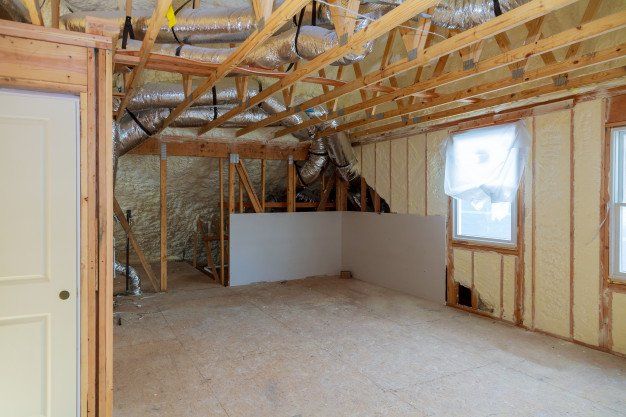Expert Guide to Drywall Water Damage Repair: Protect Your Home
Drywall Repair: Your Solution for Water Damage
Drywall is a common material used in the construction of interior walls and ceilings. Despite its widespread use, drywall is susceptible to water damage, which can compromise its structural integrity and aesthetic appeal. Whether it's a leaking roof, faulty plumbing, or any other source of moisture, it's crucial to address drywall water damage promptly to prevent further deterioration and potential health hazards like mold growth.
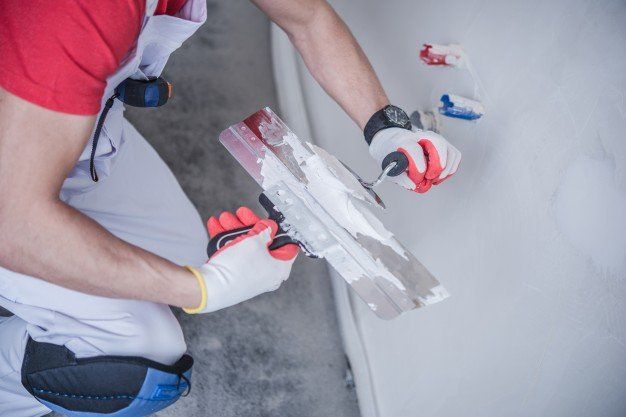
Introduction: Understanding Drywall Water Damage
Drywall, commonly used in interior walls and ceilings, is prone to water damage. This damage can compromise the material's structural integrity and aesthetic appeal. From leaking roofs to faulty plumbing, it's critical to address drywall water damage swiftly to prevent further issues and health hazards, such as mold growth.
Identifying Drywall Water Damage
The first step in tackling drywall water damage repair is recognizing the problem. Look for signs like discoloration, swelling, or crumbling. In some cases, the damage isn't visually apparent but can be felt as a soft or spongy area on the wall.
DIY vs. Professional Drywall Water Damage Repair
Deciding whether to fix drywall water damage yourself or seek professional help depends on the damage extent. Small, localized damage might be manageable through DIY efforts, but significant damages, particularly in ceiling drywall, often require professional drywall water damage repair contractors.
Steps to Fix Drywall Water Damage
- Locate and Stop the Water Source: Identify and address the leak source to prevent further damage.
- Assess the Damage: Gauge the damage extent to plan your repair strategy effectively.
- Remove Damaged Drywall: Carefully cut out and discard the affected drywall sections.
- Dry the Affected Area: Thoroughly dry the area before proceeding with repairs.
- Replace Drywall: Install new drywall to replace the damaged sections.
- Finishing Touches: Apply joint compound, sand, and repaint to restore the wall’s appearance.
Choosing the Right Contractor
For extensive damage, finding a reliable contractor is essential. Search for experienced drywall water damage repair contractors with positive reviews and transparent estimates.
Preventing Future Drywall Water Damage
Preventive measures are crucial. Regularly inspect your home for leaks, maintain good ventilation, and consider moisture-resistant drywall in prone areas.
Expanded Content for the Article
To meet the 1500-1800 word count, the article can be expanded in the following areas:
- Detailed Description of Water Damage Signs: Elaborate on how to identify various types of water damage on different types of drywall.
- Step-by-Step Repair Guide: Provide a more detailed guide on each repair step, including tools and materials required, techniques for cutting and replacing drywall, and tips for seamless finishing.
- DIY Tips and Tricks: Offer specific advice for those choosing the DIY route, including safety precautions and common pitfalls to avoid.
- Choosing the Right Materials: Discuss different types of drywall and their suitability for various environments, including moisture-resistant options.
- Finding and Vetting Contractors: Give advice on how to find and choose the best drywall repair contractors, including what questions to ask and how to interpret quotes.
- Case Studies or Examples: Include real-life examples or case studies of successful drywall water damage repairs.
- Preventive Maintenance Tips: Provide in-depth advice on regular home maintenance to prevent future water damage.
- Cost Considerations: Discuss the typical cost range for DIY versus professional repairs and what factors influence these costs.
Restoring Your Home’s Beauty and Safety
Addressing drywall water damage is essential for maintaining your home's safety and aesthetics. Whether opting for DIY or professional repairs, prompt action is crucial. Remember to explore our homepage, blogs, and drywall services for more insights on home maintenance and repair.



